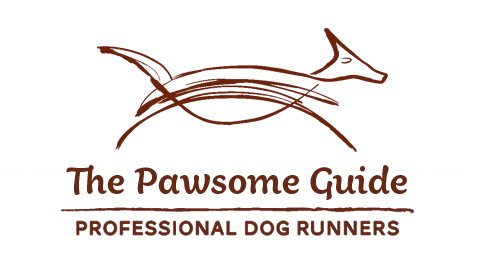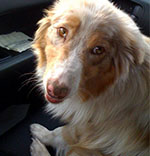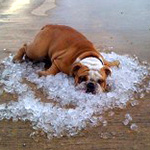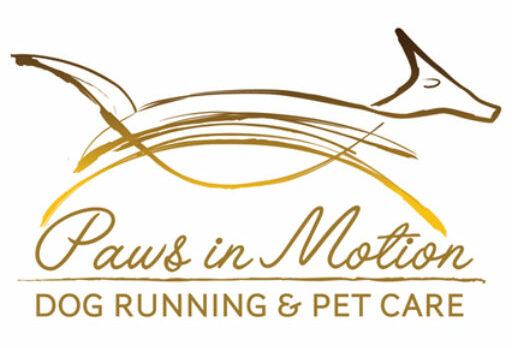Doc Smith, founder of the Pasadena Pacers, is a great friend and source of running wisdom. His article goes deep into why you should develop the body’s core as the platform for your body to run strong, balanced, and injury free. TL;DR – build strength in the muscle sets between your chest and your thighs for better running. Enjoy!
Top Dog Trail Running Tips
Dog running tips to make your runs safer and more fun!


1. Scan ahead as you run. This gives you time to stop or change routes if you don’t like what you see. Rattlesnakes, stray dogs, horses, and mud are a few hazards to consider.
2. Rethink using both ear buds. Trails can be busy with mountain bikers or off-road vehicles. Running with only one or no headphones gives you the awareness necessary to prevent disaster.
3. No prong or choke collars. Rarely will your pup holler, “Hey! I’m gonna poop now!” giving you the chance to stop. Catching us mid stride seems to be their favorite game. Besides, using corrective collars risks major injury to your dog’s trachea and throat when the lead is jerked to a sudden stop. (Ditch those collars anyway! See #5 below.)
4. A good lead. We like the Stunt Puppy brand of waist belt and elastic lead. It gives just enough leeway to help with Sudden Poop Stops while not being so elastic as to feel you lose control when needed. Using a light, but wide (1″), leash is better than a thin, rope-burn causing solution. Retractable leashes are incredibly risky and should wisely be replaced with a 6′ nylon lead. Tie knots in the leash at comfortable intervals to offer you more control and less slippage.
5. There are more and more harnesses on the market as companies realize the customers want humane alternatives to prong collars. The PetSafe Easy Walk is a great model to try. If your dog is a puller, dreaming of an Iditarod win, look for one where you link the lead to the front of your pup’s chest like a Ruffwear Vest. If you’ve a running mate who easily hangs next to you, linking to a clip on their shoulders works super well.
6. Consider joint supplements sooner than later. Compared to human multivitamins, glucosamine and chondroitin have shown positive results in prolonging some age related joint wear and tear. My Aussie no longer shows aches and stiffness after a day of running!
7. Be aware of your running partner’s form. Some dogs, such as the various working breeds, may not openly display pain or discomfort. But they might slow down or run with a little hitch in their stride. Being able to extract a thorn, foxtail, glass, or caked mud sooner than later can save you days of your pup being coned or worse. A slight limp could become a full-blown strain or sprain, forcing you to carry your pup home or being stranded without help.
Using the above as a guide, you and your canine running companion should have a long career together. Remembering that you need to be the responsible one, maintaining their health and well-being, will guarantee many happy miles together.
And, as always, we’re here to help you however we can. The advice is always free!
Dog Video : Running to the Ends of the Earth
class=”more-link-wrapper”>Continue reading





 If you’re looking for the perfect seasonal antidote to Black Friday and Cyber Monday, you’ve found it in
If you’re looking for the perfect seasonal antidote to Black Friday and Cyber Monday, you’ve found it in 

 In the time that followed her (very upsetting) experience, more pet care professionals have weighed in on the story. In short, there has been no link shown between bloat and ice water/ice cube ingestion by our canine friends. Some vets even use ice cubes as ways for post-op pets to rehydrate when drinking from a bowl is not an option.
In the time that followed her (very upsetting) experience, more pet care professionals have weighed in on the story. In short, there has been no link shown between bloat and ice water/ice cube ingestion by our canine friends. Some vets even use ice cubes as ways for post-op pets to rehydrate when drinking from a bowl is not an option.

You must be logged in to post a comment.